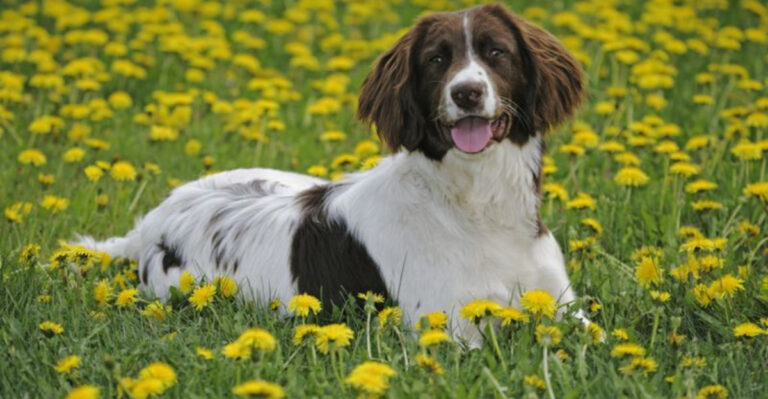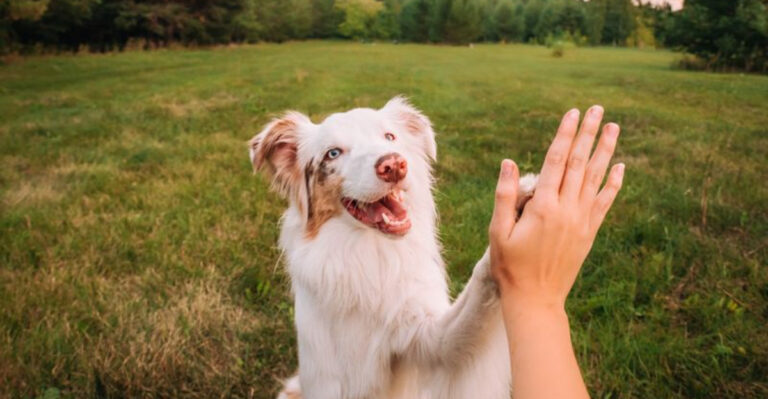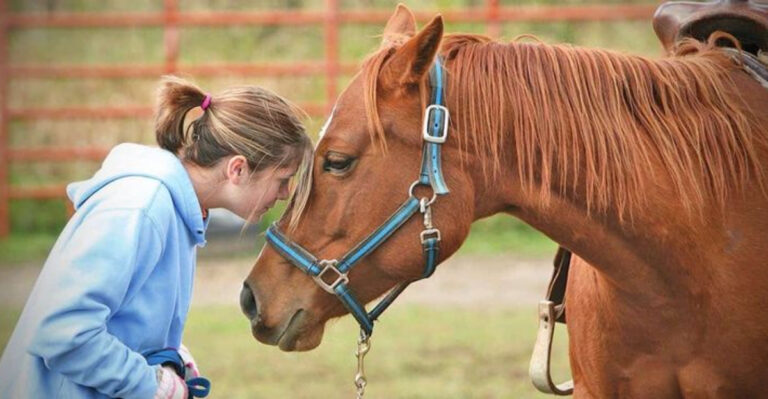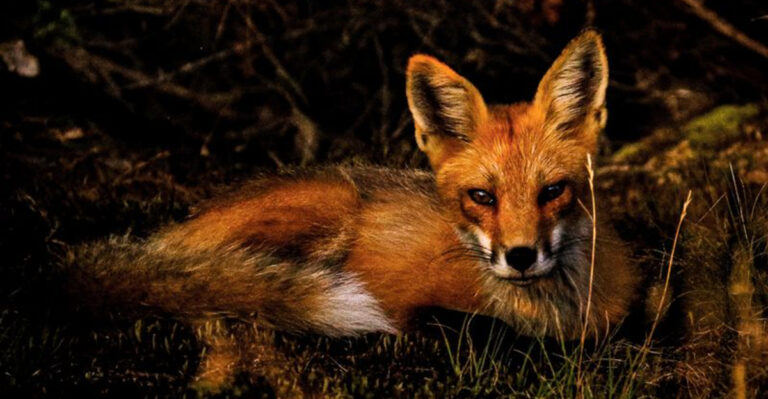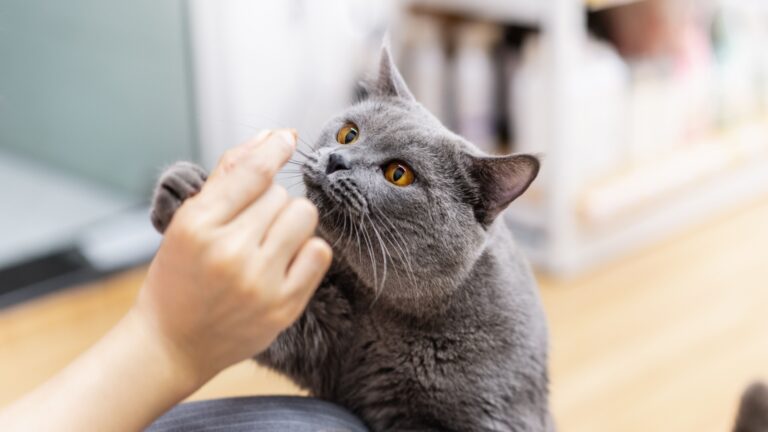14 Large Dog Breeds Advised To Avoid At All Costs
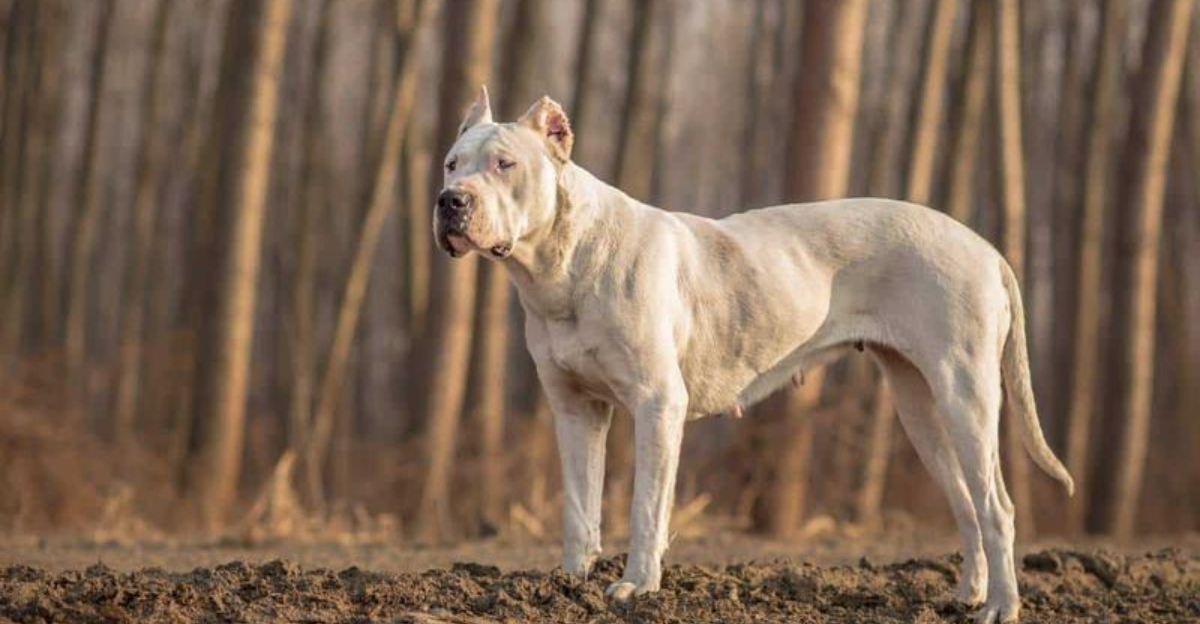
Bringing a dog into your home is a big decision that requires careful thought. While many large breeds make wonderful companions, some pose significant challenges due to their size, temperament, or specific care needs.
Whether you’re a first-time pet owner or have limited space, these powerful canines might not be the best match for your lifestyle.
Before heading to the shelter or breeder, consider these 14 large dog breeds that experts often caution against for the average owner.
1. Caucasian Shepherd: The Mountain Guardian With A Fierce Streak

Originally bred to protect livestock from wolves and bears in Eastern Europe, Caucasian Shepherds can weigh up to 200 pounds of pure muscle and protective instinct. These massive dogs develop intense loyalty to their families but remain deeply suspicious of strangers.
Their thick double coat requires extensive grooming, and their stubborn temperament makes training extremely challenging. Without proper socialization from puppyhood, they can become dangerously aggressive.
The breed’s territorial nature means they’re not suitable for apartment living or homes with frequent visitors. Their powerful jaws and imposing size create a potentially dangerous situation if they’re not handled by an experienced owner.
2. Tosa Inu: Japan’s Canine Gladiator
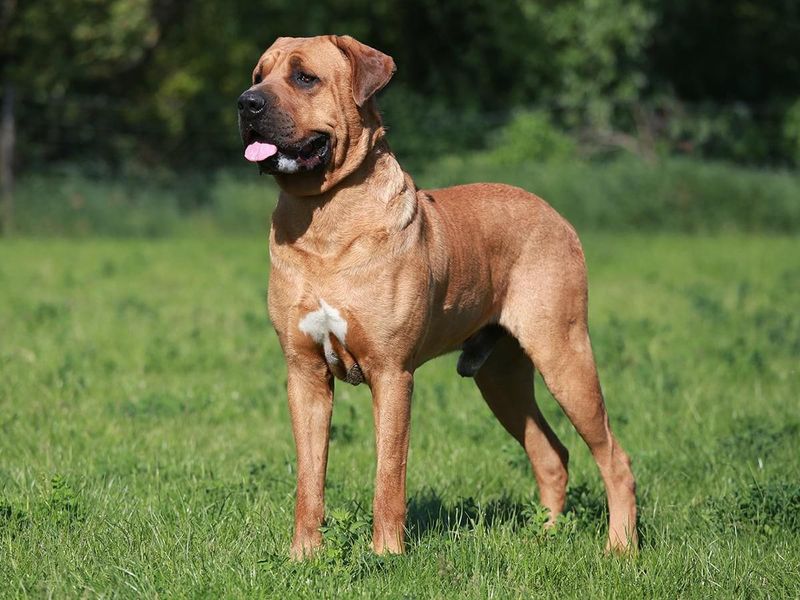
Bred specifically for dogfighting in Japan, the Tosa Inu carries a troubling legacy that makes it unsuitable for most homes. These powerful mastiffs can reach 200 pounds and possess remarkable strength coupled with a high pain tolerance – traits deliberately cultivated for the fighting ring.
Ownership is actually banned in many countries, including the UK, Australia, and parts of Europe, due to their potential for aggression. Even experienced handlers find these dogs challenging to control.
While they can be calm and dignified with proper training, their fighting heritage means they require an owner with extensive knowledge of dominant breed handling and constant vigilance around other animals.
3. Fila Brasileiro: The Brazilian Tracking Hound
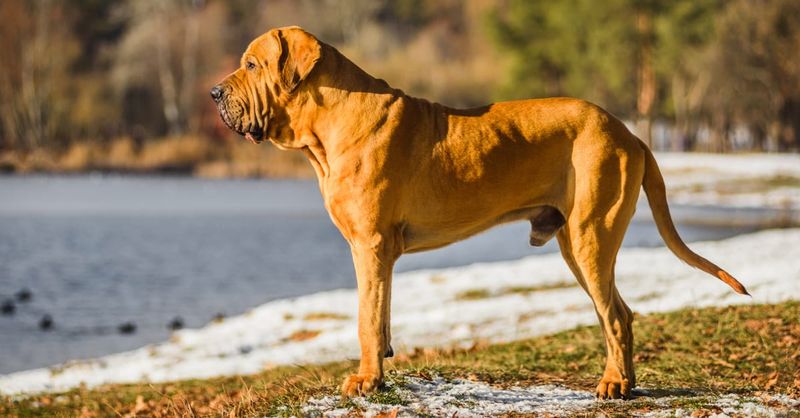
Known for their unwavering loyalty, Fila Brasileiros take devotion to concerning extremes. These Brazilian tracking dogs were historically used to capture runaway slaves – a dark past that’s reflected in their deeply suspicious nature toward strangers.
The breed possesses an instinctual distrust called ‘ojeriza’ that makes them immediately wary of anyone outside their family circle. Socialization barely dampens this trait. Standing nearly 30 inches tall and weighing up to 150 pounds, they combine size with remarkable agility.
Banned in several countries, including the UK and Australia, Filas require extensive space and an experienced owner who understands their unique psychology. Their protective instincts easily cross into aggression without proper handling.
4. Boerboel: South Africa’s Farm Protector
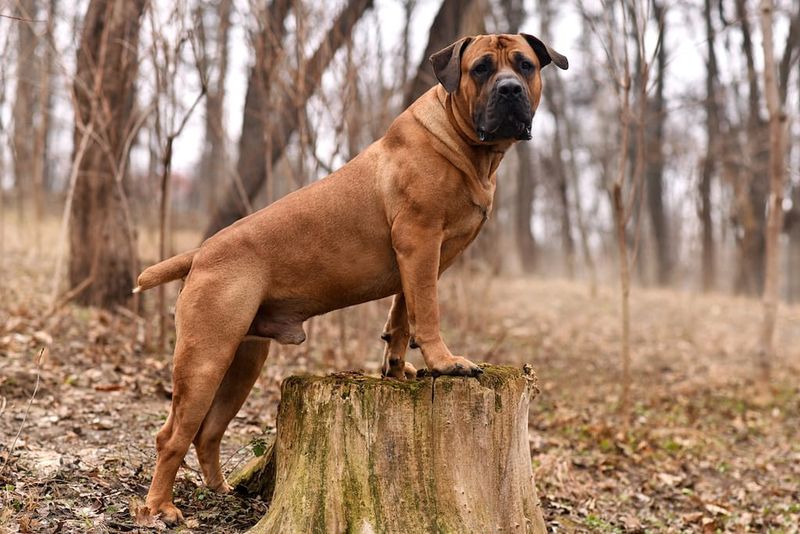
Developed to guard homesteads against predators in South Africa, Boerboels combine massive power with surprising agility. These muscular dogs weigh up to 200 pounds and possess jaw strength that ranks among the strongest in the canine world.
While intelligent and typically good with families, their protective instincts require extensive training to manage properly. A poorly trained Boerboel becomes a serious liability due to their size and strength.
Their exercise requirements are substantial – these dogs need large, securely fenced properties and daily physical challenges.
Heat sensitivity creates additional complications, making them unsuitable for warmer climates where they can quickly overheat despite their short coats.
5. Presa Canario: The Canary Islands’ Controversial Guardian

Made infamous through several high-profile attacks, the Presa Canario carries a reputation that gives even experienced dog owners pause. Originally bred for cattle work and dogfighting in the Canary Islands, these powerful dogs combine strength with territorial aggression.
Males typically weigh 110–130 pounds of dense muscle with minimal body fat. Their natural suspicion of strangers, coupled with their physical capabilities, makes them potentially dangerous without proper handling.
Presas require an owner with previous large breed experience and a commitment to constant training. Their exercise needs are substantial, and their powerful prey drive means they should never be trusted around small pets or unfamiliar animals.
6. Cane Corso: The Italian Powerhouse
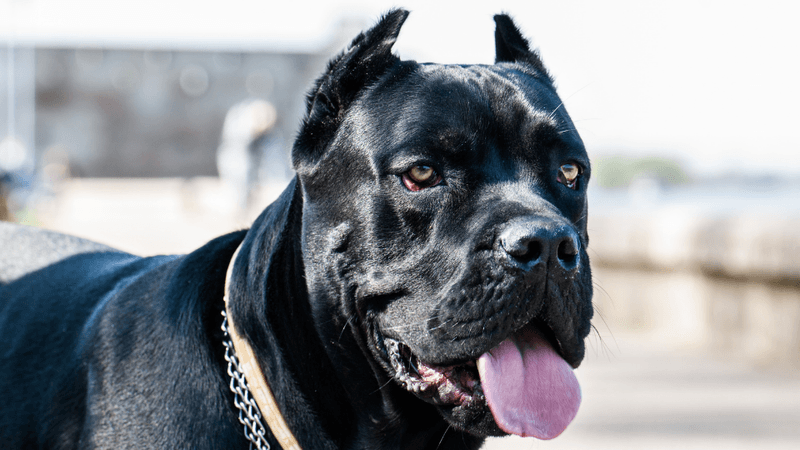
Dating back to ancient Rome, Cane Corsos were war dogs bred for the battlefield – a heritage that remains evident in their imposing presence. These muscular Italian mastiffs weigh up to 120 pounds and possess remarkable strength combined with surprising agility for their size.
Their intelligence makes training possible but challenging, as they naturally test boundaries and require consistent leadership. Without proper socialization from puppyhood, they become overly protective and potentially aggressive toward strangers.
Corsos develop intense bonds with their families but remain aloof with outsiders. Their guarding instincts, while valuable in certain settings, create liability risks for the average homeowner, especially those with frequent visitors or living in densely populated areas.
7. Dogo Argentino: The White Hunter
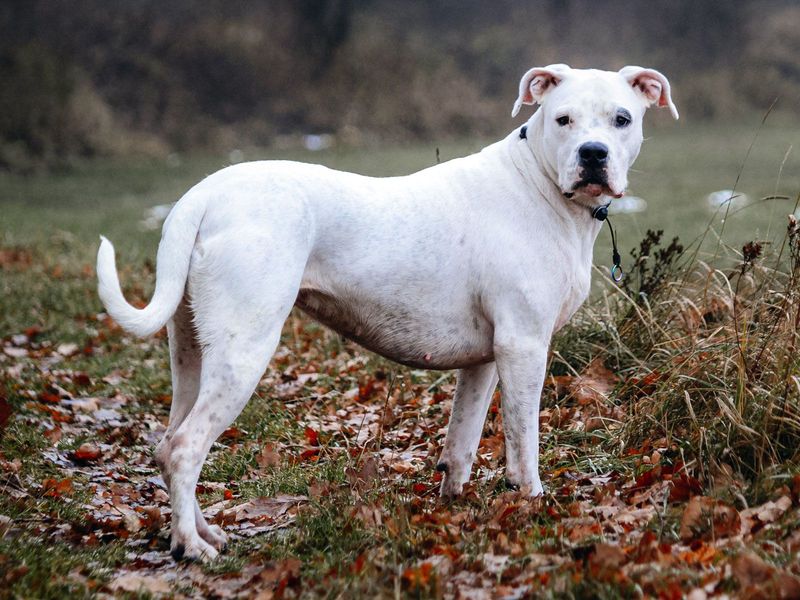
Created specifically for big-game hunting in Argentina, the Dogo Argentino combines extreme athleticism with a powerful prey drive. These muscular, all-white dogs were bred to pursue wild boar and puma – a purpose that demands both courage and aggression.
While loyal to their families, Dogos require extensive socialization from puppyhood and even then remain challenging. Their hunting instincts translate to high exercise needs – a bored Dogo becomes destructive and potentially dangerous.
Banned in several countries, including the UK, Denmark, and Australia, these dogs aren’t suitable for first-time owners.
Their strong-willed nature means they continuously test boundaries, requiring an owner who understands dominant breed psychology and can provide consistent leadership.
8. Kangal: Turkey’s Livestock Guardian
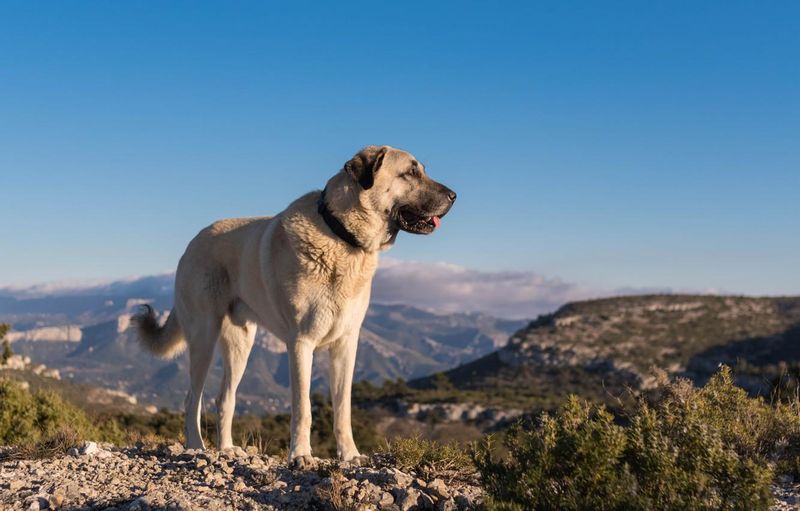
With the strongest bite force of any domestic dog (743 PSI), the Turkish Kangal was developed to protect flocks from wolves and bears. These massive guardians can weigh up to 145 pounds and possess remarkable independence – a trait necessary for working alone with livestock.
This independence translates to stubbornness that makes training extremely challenging. Kangals naturally establish and defend territory, which becomes problematic in residential settings. Their exercise requirements are substantial, needing several hours of daily activity in large, secure spaces.
Despite their calm appearance, they react instantly to perceived threats with surprising speed. Without proper rural space and experienced handling, these powerful dogs quickly become unmanageable for the average owner.
9. Tibetan Mastiff: The Ancient Mountain Guardian

Revered in Tibet for thousands of years, these massive guardians can weigh up to 150 pounds and sport a lion-like mane that adds to their imposing presence. Their thick double coat requires extensive grooming and sheds profusely during seasonal changes.
Fiercely independent, Tibetan Mastiffs were bred to make decisions without human guidance – a trait that translates to stubborn behavior in domestic settings. They’re naturally nocturnal, often becoming active and vocal at night when they would traditionally patrol their territory.
Their territorial nature makes them suspicious of all strangers, including your friends and family members. Combined with their size and strength, this creates a potentially dangerous situation without proper training and socialization from an experienced owner.
10. Central Asian Shepherd: The Ancient Nomad’s Companion

Developed by nomadic tribes across Central Asia, these powerful guardians can weigh up to 170 pounds and stand nearly 30 inches tall. Their primary purpose was protecting caravans and livestock from predators – a job requiring both aggression and independence.
Central Asian Shepherds mature slowly, remaining puppyish until about 3 years old when their guardian instincts fully develop. Their territorial nature makes them naturally suspicious of strangers, and they’re known for making independent decisions about perceived threats.
Their thick double coat requires regular maintenance and sheds heavily twice yearly. These dogs need substantial space and exercise, making them completely unsuitable for apartment living. Without proper training from puppyhood, they become unmanageable even for experienced owners.
11. Akita: Japan’s Dignified Guardian With A Complex Temperament
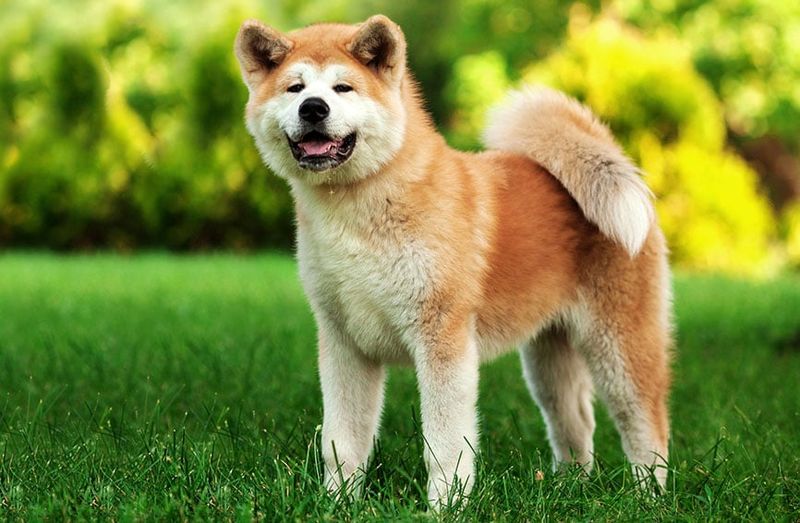
Made famous by the loyal Hachiko, Akitas possess a dignified demeanor that masks their complex temperament issues. These powerful dogs weigh up to 130 pounds and combine strength with surprising agility and hunting prowess.
Same-sex aggression is common in the breed, making them challenging in multi-dog households. Their strong prey drive means they often cannot be trusted around cats or small animals, even with training.
Akitas bond deeply with their families but remain aloof and sometimes suspicious of strangers. Their stubborn nature makes training difficult, requiring consistent leadership.
Health issues, including hip dysplasia and autoimmune disorders, are common, adding significant veterinary costs to their already substantial maintenance needs.
12. Bully Kutta: The Pakistani Battle Dog
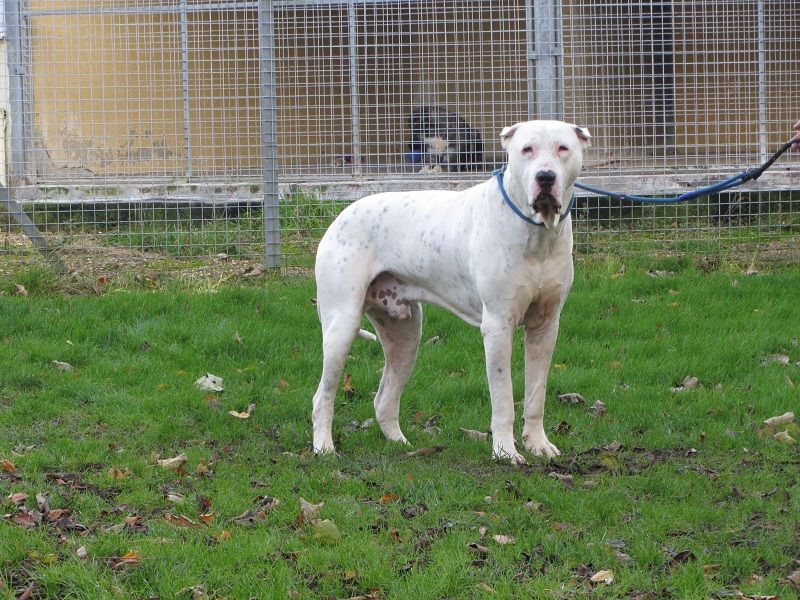
Originally bred for hunting and fighting in Pakistan, the Bully Kutta combines impressive size with aggressive tendencies. These dogs can weigh up to 170 pounds with a muscular build designed for combat, a purpose still exploited in illegal dogfighting rings.
Their name literally translates to “heavily wrinkled dog” in Pakistani languages, referring to their loose skin. Extremely territorial, they require extensive socialization from puppyhood, and even then, remain challenging to manage.
Their exercise needs are substantial, requiring several hours of daily activity. The breed’s high prey drive means they’re generally unsuitable for homes with other pets.
Banned in many countries, these powerful dogs require an owner with extensive experience in handling dominant, aggressive breeds.
13. Alapaha Blue Blood Bulldog: The Southern Plantation Guardian
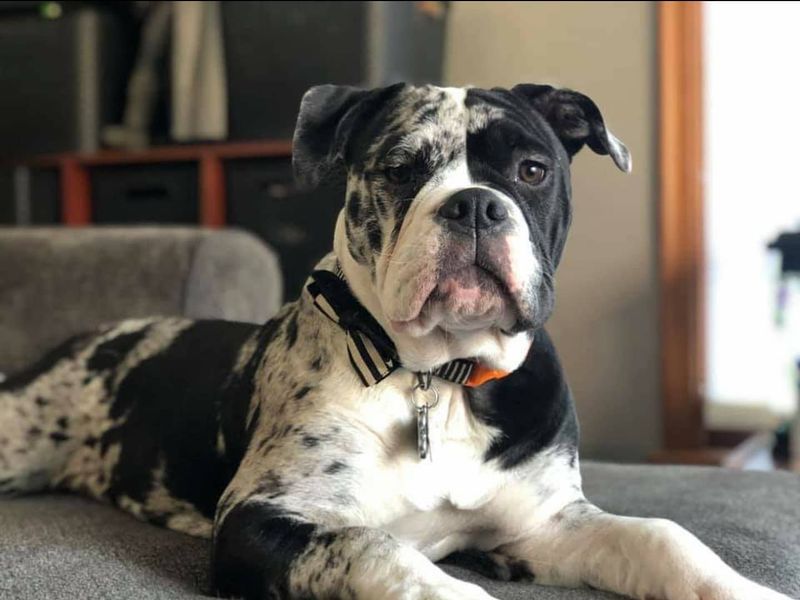
Developed in the American South to protect plantations, the Alapaha Blue Blood Bulldog combines power with territorial aggression. These muscular dogs weigh up to 90 pounds and possess remarkable strength for their size.
Their protective nature makes them naturally suspicious of strangers, requiring extensive socialization from puppyhood. Even with training, they remain challenging for inexperienced owners due to their stubborn temperament and dominant tendencies.
Alapahas bond intensely with their families but can become overprotective without proper boundaries. Their exercise needs are substantial, requiring secure spaces for activity.
Health issues, including hip dysplasia and skin problems, are common in the breed, adding significant veterinary costs to their already demanding care requirements.
14. Perro de Presa Mallorquin: Mallorca’s Ancient Guardian

Nearly extinct in the mid-20th century, the Perro de Presa Mallorquin (Mallorquin Bulldog) was revived but retained its challenging temperament. These powerful dogs weigh up to 100 pounds and were historically used for both guarding and bullfighting, purposes that require aggression.
Their natural suspicion of strangers makes socialization essential, yet they remain aloof with anyone outside their family circle.
Same-sex aggression is common in the breed, creating challenges in multi-dog households. The breed’s strong prey drive means they’re generally unsuitable for homes with cats or small animals.
Their exercise requirements are substantial, needing secure spaces for activity. Without proper training from an experienced handler, these powerful dogs quickly become unmanageable.

